The King's Road runs along the southern coast of Finland. This route, which was used by kings and merchants travelling between Bergen in Norway and St. Petersburg in Russia, dates back to the Middle Ages. Many historical sites follow one another along the route. Follow in the king's footsteps, enter churches and mansions, walk through the alleys of old towns, and marvel at the beauty of the archipelago. Following the King's road means being sure to immerse yourself in the heart of the tumultuous history of a country that has always been at the crossroads between East and West.
Day 1: Maritime City of Kotka
Day 2: Charming city of Loviisa
Day 3: Porvoo, a picturesque city
Day 4: Helsinki, discovery of the Finnish capital
Day 5: Ekenäs, between land and sea
Day 6: Stopover in Turku
Day 7: Naantali seaside town
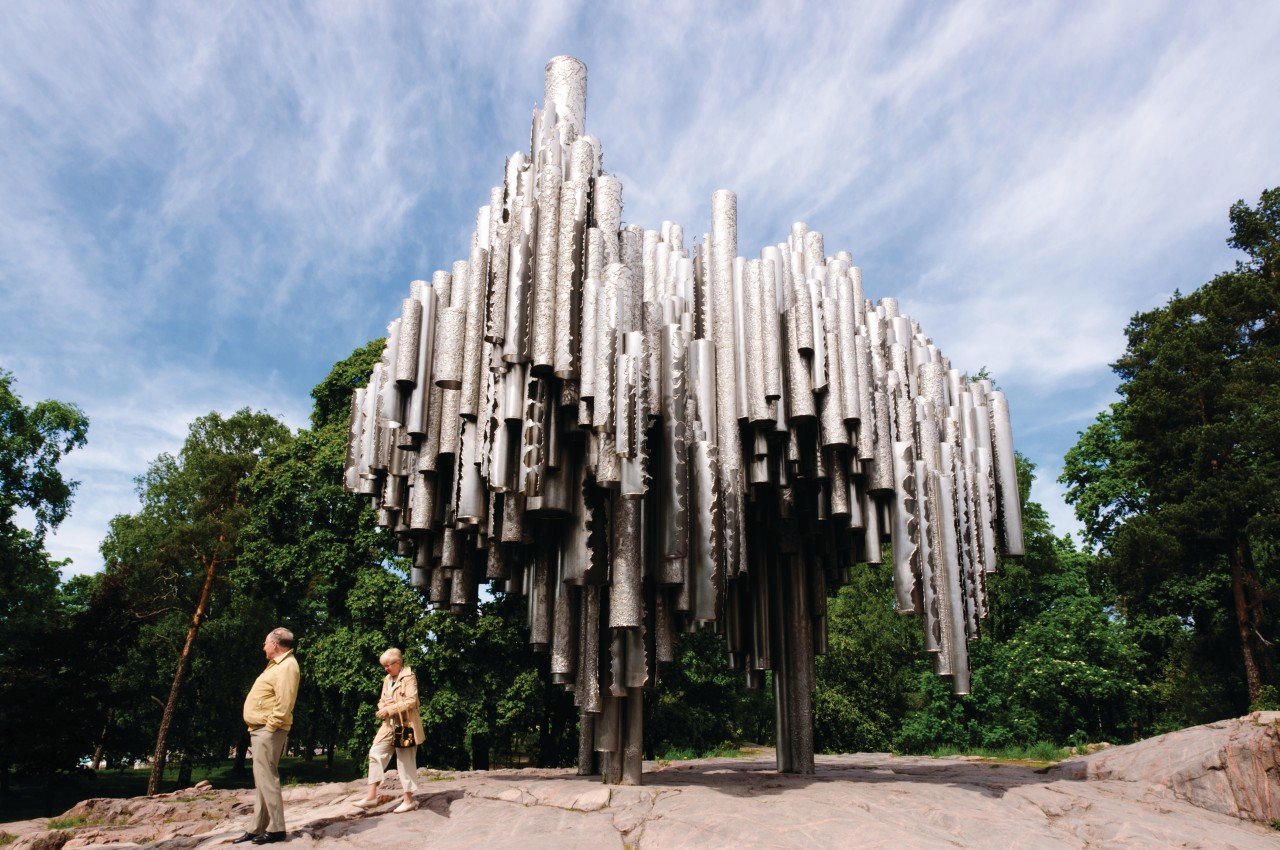 ©Serge OLIVIER - Author's Image
©Serge OLIVIER - Author's Image
Kotka (two and a quarter hours by bus from Helsinki) is located on the Gulf of Finland, south-east of Helsinki. The centre of this city, founded in 1878, has interesting monuments, such as the town hall in the market square, the imposing Orthodox church of St. Nicholas and the Sunila Pulp Mill built by the great Finnish architect Alvar Aalto. The Isopuisto and Sibelius parks, lungs in the heart of the city, combined with the gardens of Sapokka, with their small wooden bridges, waterfalls, waterfalls and fountains will delight romantic souls. Another curiosity is the icebreaker Tarmo, which has been converted into a museum. A major maritime city - it is Finland's largest export port - Kotka can also be proud of its vast archipelago. Embark on a cruise on the fortress islands of Kukouri and Elisabeth, the capital of the Crimean War. Also not to be missed is the fishing village of Kaunissaari ("beautiful island" in Finnish). Beautiful panoramic views of the city and the archipelago from Mount Patorni or from the top of the Haukkavuori observation tower. End the day with a visit to Tsar Alexander III's Imperial Fishing Pavilion on the banks of the Langinkoski River. A must see place.
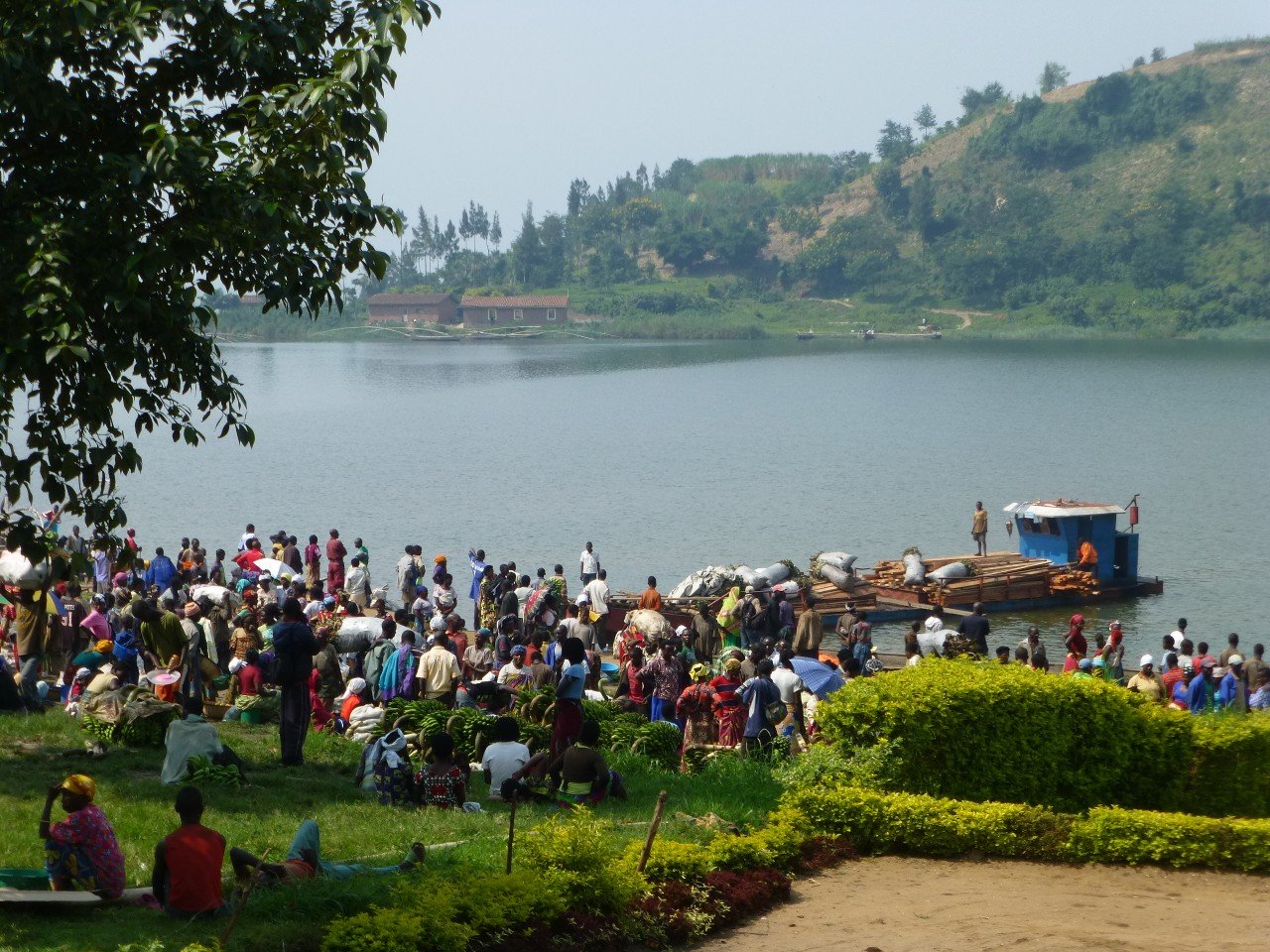 ©François JANNE DOTHEE
©François JANNE DOTHEE
Half an hour from Kotka, stay in Ruotsinpyhtäää. Halfway down the road to Loviisa. Ruotsinpyhtäää is an old forge village (1695) located on the Kymijoki River. Loviisa, founded in 1745, takes its name from the name of one of the queens of the Kingdom of Sweden. A charming little town on the Gulf of Finland, it is home to three fortresses designed at the time to contain and repel Russian incursions. Shuttles will take you to the fortress-island Svartholma, built on the same model as the Suomenlinna fortress in Helsinki. Rosen and Ungern forts, close to the city centre, are within easy walking distance. Possible dinner at the Degerby, located in a beautiful 17th century building in Loviisa.
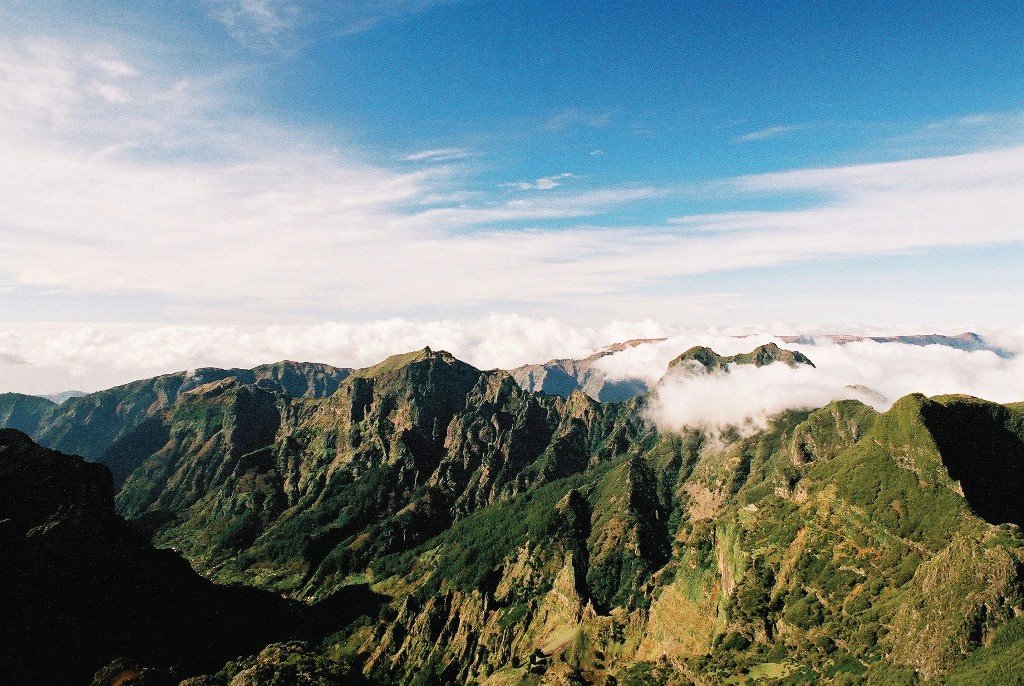 ©Agence de Promotion de Madère
©Agence de Promotion de Madère
The second oldest city in Finland, fifty kilometres east of Helsinki, was founded in the first half of the 14th century. The beautiful houses of the old town overlooking the river, the narrow cobbled streets and the cathedral are well worth the many tributes of the poets and artists who have stayed there. The national poet Johan Ludvig Runeberg, the sculptor Ville Vallgren and the romantic painter Edelfelt all resided in Porvoo, which did not forget them by dedicating two museums to them: the house of Runeberg and the Edelfelt-Vallgren historical museum. The creator of Les Moomins, Tove Jansson, also lived on an island in the neighbouring archipelago. Another curiosity: the Doll and Toy Museum.
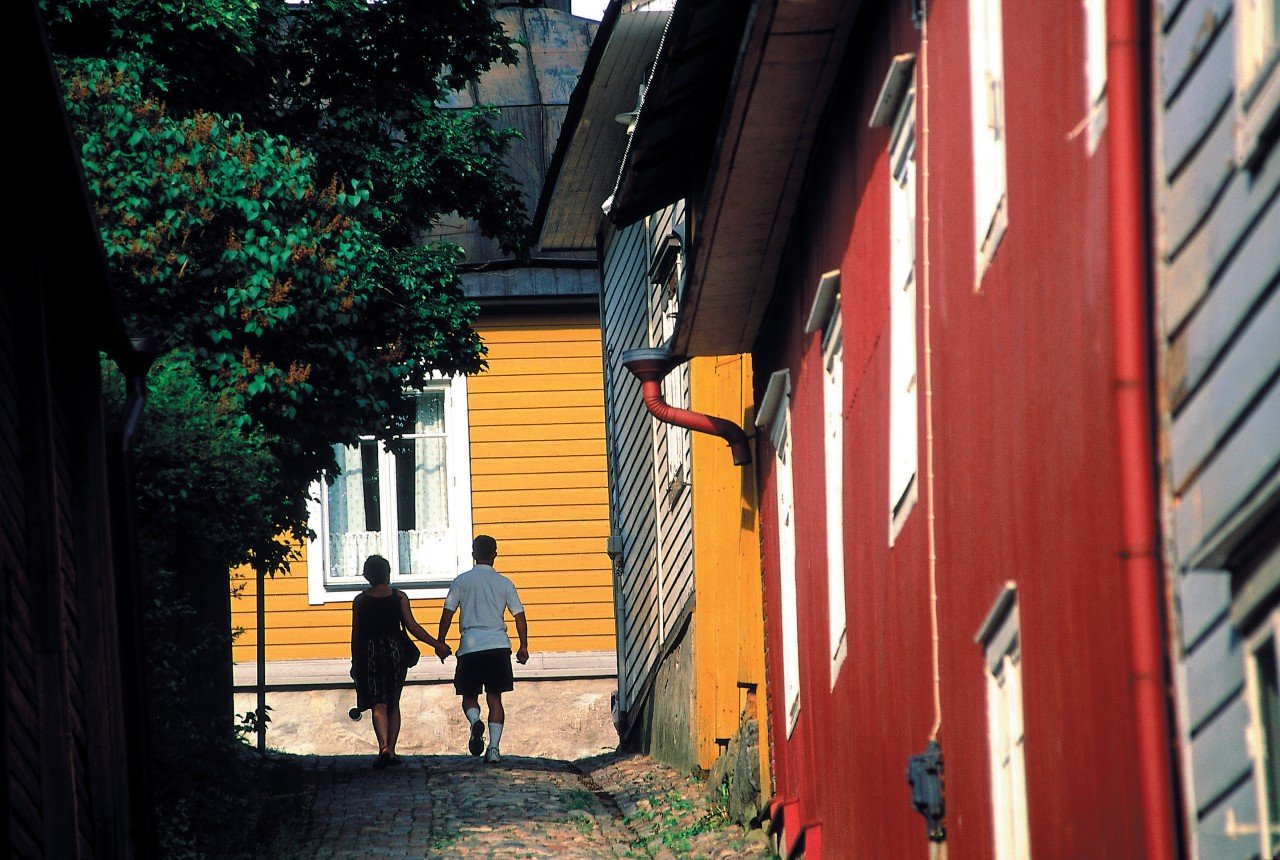 ©Thierry Lauzun - Iconotec
©Thierry Lauzun - Iconotec
Cruise from Porvoo to Helsinki on board the M/S J.L. Runeberg (two and a half hours). A good way to get to the capital by crossing the beautiful Helsinki archipelago. Founded in 1550, Helsinki only became capital in 1812 to the detriment of Turku. Marked by an unusual coexistence of styles and cultures, the capital blends genres. The Senate Square, designed by the Prussian architect Engel, is in the Empire style, when the neoclassical Lutheran cathedral imposes its density and volumes not far from the Russian-inspired Orthodox cathedral Uspenski (1868). Temppeliaukion Kirkko, a surprising and superb church built under the rock, benefits from an exceptional acoustics and an absolutely unique interior. On the cultural level, the Kiasma Museum of Contemporary Art, with its resolutely modern architecture, is located not far from the Ateneum, a very classical building that brings together the greatest masterpieces of Finnish art (Gallèn-Kallela, Edelfelt...). Near Kiasma, see the Finlandia Palace designed by Alvar Aalto in 1971. In particular, the forum welcomed the signing of the Helsinki agreements in 1975. Its Italian marbles, on the other hand, are not very resistant to winter temperatures: they take off their shoes... On sunny days, a visit to the fortress island of Suomenlinna, a World Heritage Site, is a must. Boat buses shuttle between the port (market square) and this superb site. The fortress built in 1748 is certainly the most representative monument in Helsinki of the Swedish period.
In one of the southernmost cities of the country, sea and land meet on the background of the islands. A walk in the high places of Ekenäs is required: the Snappertuna church, the ruins of the castle Räseborg and the old town. Then go to the Découverte Park.
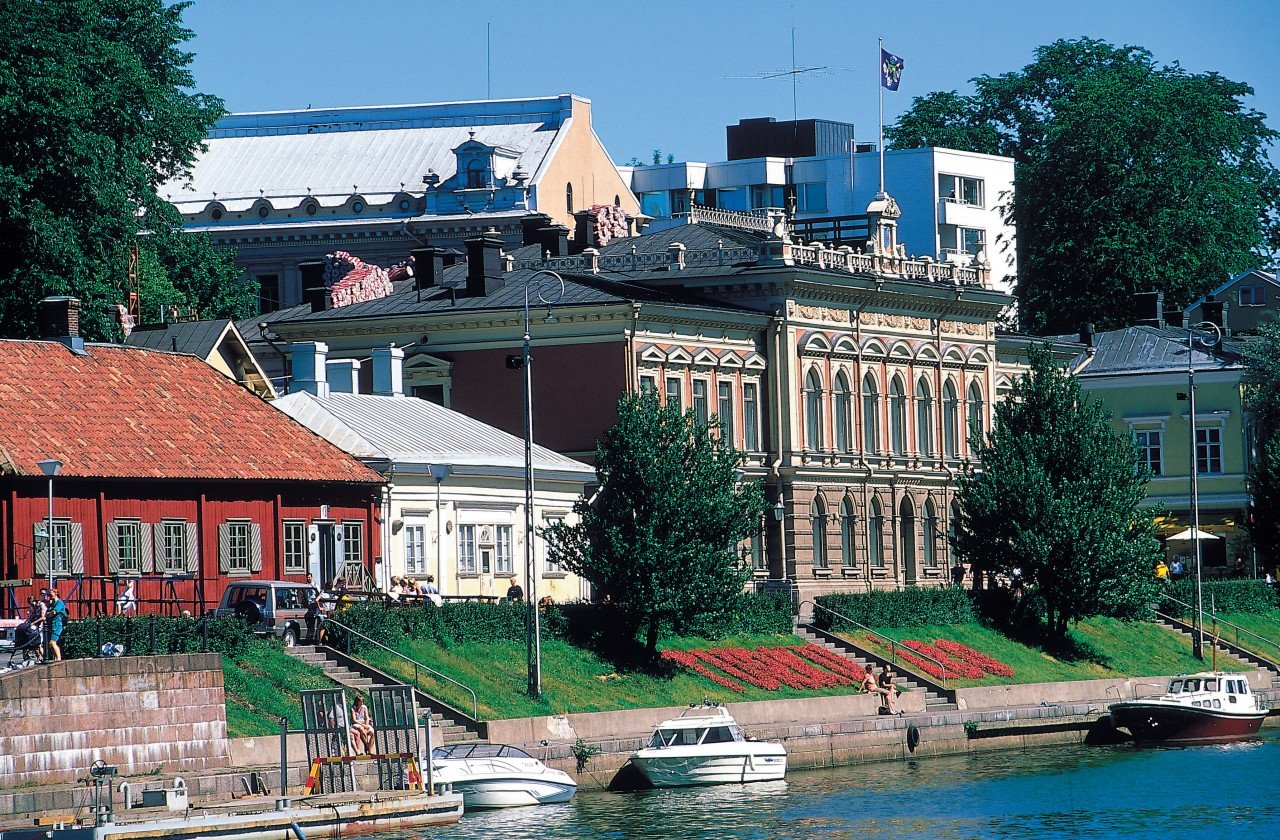 ©Thierry Lauzun - Iconotec
©Thierry Lauzun - Iconotec
Founded in the 13th century around a large port, Turku has always been an important crossroads between east and west. See its superb archipelago, its castle on the Aura River, its medieval cathedral and its former university, which was once the country's intellectual centre before the capital was transferred to Helsinki in 1812. Take time to have lunch on one of the many restaurant boats or to have a drink in an old bank or an abandoned pharmacy... The day ends with an exciting walk around the.musée de plein air de Luostarinmäki..
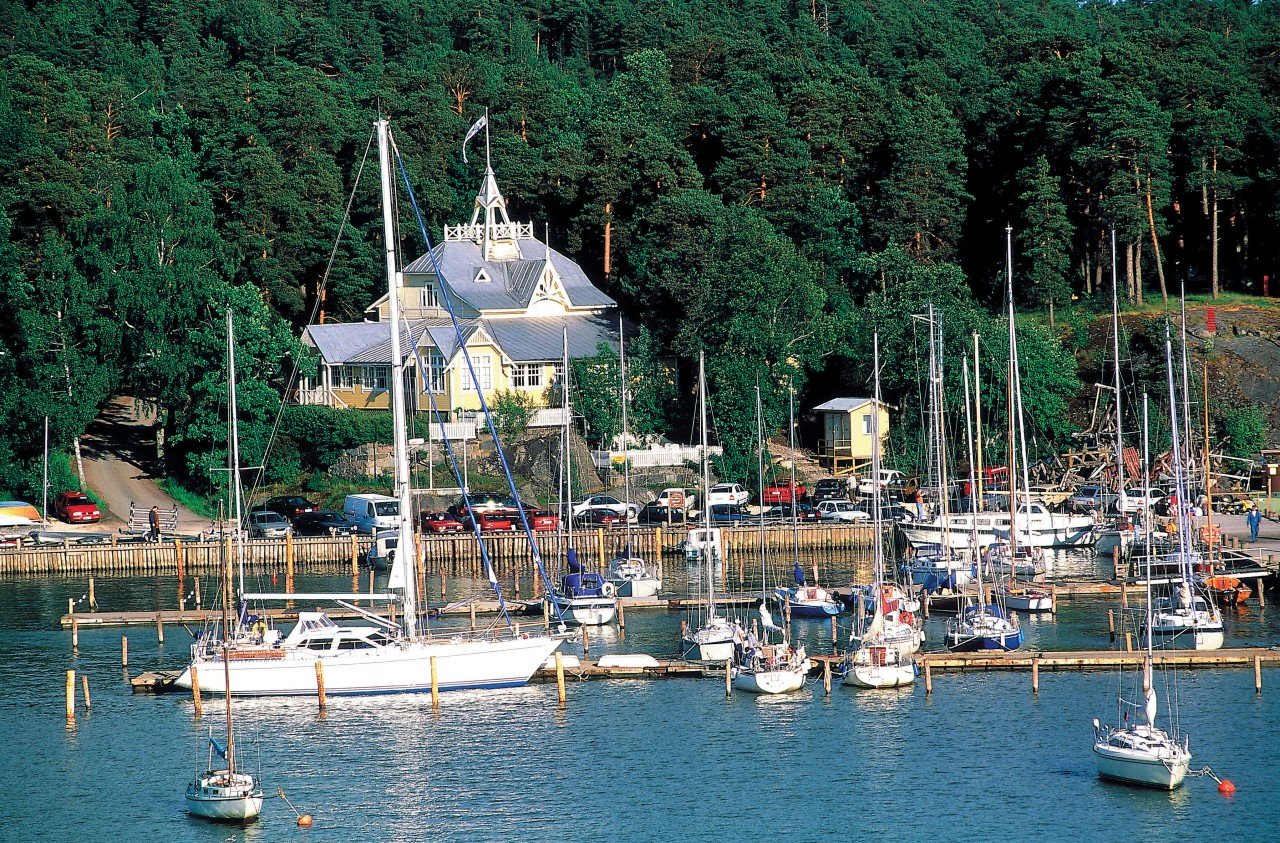 ©Thierry Lauzun - Iconotec
©Thierry Lauzun - Iconotec
15 km northwest of Turku lies the small seaside resort of Naantali. The day can start with a visit to Kultaranta, the President's summer residence. The rose garden has more than a thousand varieties... In another register, the Brigittines convent preserves interesting relics. We will cross the old town and its marina to return to childhood on Ile des Moomins with all the characters of Tove Jansson. To complete this journey on the King's Route, why not enjoy a massage in one of the most beautiful Spa hotels in the Nordic countries. (Return by bus to Helsinki, via Turku, duration two hours and forty minutes).




Each Travel Idea is customizable according to your wishes

